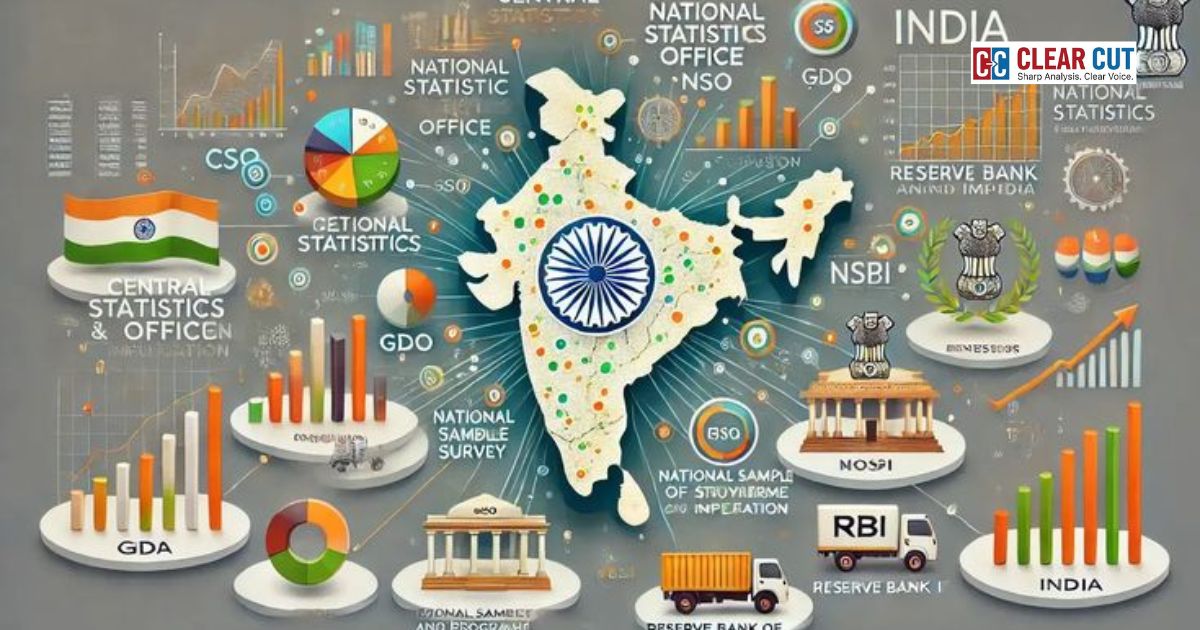Clear Cut Research, Monitoring, Evaluation & Learning Desk
New Delhi, UPDATED: Sep 12, 2025 12:55 IST
Written By: Abhas Vyas
Artificial Intelligence (AI) is increasingly recognized as a driver of inclusive growth, particularly in rural areas where service delivery gaps persist in healthcare, education, agriculture, and governance. For AI to truly serve as a public good in India and beyond, it must rest on three essential pillars: Accessibility, Affordability, and Adaptability.
These pillars ensure that AI benefits not just urban, tech-savvy populations but also promotes equity for millions in villages, tribal areas, and remote communities worldwide.
Accessibility: Reaching Every Village, Every Hand
Accessibility is the first and most fundamental pillar. For AI-powered solutions to matter, they must reach the people who need them most, on platforms they already use. In rural India, this means leveraging mobile phones and expanding internet penetration. As of 2025, India has more than 1.16 billion mobile subscribers, with 750 million smartphone users. India’s internet penetration stands at around 54% of the population, below the global average of 64%. But in absolute numbers, India has over 806 million users – more than the combined population of the USA, Japan, and Russia, making it the world’s second-largest internet market. Notably, rural internet users already outnumber urban users, and they are expected to drive three-quarters of new digital adoption in the coming years. This digital base, coupled with India’s world’s lowest mobile data costs of about $0.09 per GB compared to the global average of $2.59, creates a fertile ground for AI deployment at scale.
Rural citizens may not own laptops or high-end devices, but the smartphone has become the gateway to financial services, telemedicine, online education, and agricultural advisories. Global comparisons show India’s progress is unique. While African nations struggle with patchy coverage (with 600 million people still offline), and many Western countries contend with high data prices, India’s infrastructure has democratised access to AI-ready platforms. The next frontier is ensuring that connectivity is bridged in tribal and remote villages, where approximately 17% of villages still lack mobile coverage, through public investment. Accessibility thus means designing AI for mobile-first, voice-first, low-bandwidth environments, where even a basic smartphone can unlock transformative public services.
Affordability: AI as a Digital Public Good
Even with access, AI will fail to deliver if its use is prohibitively expensive. Affordability is about ensuring that the cost of using AI for essential services remains minimal, enabled by public investment, open standards, and digital public goods (DPGs). India provides the world’s strongest example of affordable digital infrastructure. The Unified Payments Interface (UPI) has revolutionized financial inclusion by enabling 20 billion transactions in July 2025 alone, worth ₹24.8 lakh crore, at near-zero cost to the user. In comparison, Debit/Credit cards volume of transactions is 27 crore, amounting to Rs 137 Crore in e-commerce but with an average merchant discount rate (MDR) of 1.5%, which would translate into over Rs 2 Crore in monthly fees.
This model of building public digital rails that private players can innovate upon has driven affordability across sectors. In healthcare, the Ayushman Bharat Digital Mission (ABDM) offers open APIs for health records, enabling affordable AI-driven telemedicine and diagnostics for rural citizens.
In agriculture, platforms like Digital Crop Survey and Kisan e-Mitra chatbots are powered by public datasets rather than costly proprietary ones. Globally, affordability gaps are stark. In the US, healthcare AI solutions are often priced as subscription models that are unaffordable for rural clinics. In Africa, mobile money platforms like M-Pesa succeed precisely because transaction costs are minimal and adapted to local economies. India’s lesson is clear: treating AI as a public good, like UPI or Aadhaar, ensures that affordability is built into the ecosystem, preventing exclusion due to cost.
Adaptability: Rooted in Local Contexts
Accessibility and affordability create the rails, but adaptability ensures AI is relevant. Rural India is not a monolith; it is a tapestry of languages, cultures, and socio-economic realities. Unless AI is localised to context, language, and lived experiences, it risks irrelevance or worse, exclusion. India’s diversity is unmatched: 22 official languages, over 19,500 dialects, and 750+ tribal languages spoken by 104 million tribal citizens (8.6% of the population). Many of these are endangered; UNESCO estimates that 196 Indian languages are at risk of disappearing. Without adaptability, AI systems trained only on English or Hindi datasets will leave millions digitally voiceless.
Innovations like Adivani—India’s first AI-powered translator for tribal languages—are breaking new ground. Adivani is digitising endangered tribal languages and enabling translations between them and mainstream tongues, ensuring that government advisories, educational content, and healthcare instructions are available in Gondi, Santali, Ho, or Mundari.
At the national scale, Bhashini—the National Language Translation Mission aims to provide AI-driven translation and speech recognition across all Indian languages, a critical step toward inclusive service delivery. India’s adaptability challenge has strong global parallels.
The Masakhane Project in Africa is a grassroots movement of 1,000+ researchers building machine translation models for 200+ African languages, enabling civic tech and health apps to reach millions in their mother tongues. In New Zealand, Te Hiku Media is preserving Te Reo Māori by crowdsourcing voice datasets and building AI models owned by the Māori community, exemplifying data sovereignty in action. In Canada, First Nations groups are creating AI transcription tools for Cree and Inuktitut, ensuring that oral traditions and endangered languages find a place in the digital age.
Adaptability, therefore, is not only about technology but about participation and ownership. Solutions co-created with Panchayats, farmer producer organisations (FPOs), women’s self-help groups, or tribal cooperatives are more likely to be trusted, used, and sustained. Equally, adaptability means designing AI that is lightweight, offline-capable, and voice-enabled for low-connectivity environments.
Conclusion: Building AI That Belongs to All
The promise of AI for rural development lies not in futuristic visions but in its ability to deliver services better, faster, and more inclusively. By grounding AI in the three pillars of Accessibility, Affordability, and Adaptability, India can ensure that technology is a bridge, not a barrier.
- Accessibility ensures that AI reaches every rural household through mobile-first design and affordable internet.
- Affordability makes AI-enabled services low-cost through public digital infrastructure.
- Adaptability roots AI in local languages, cultures, and contexts, empowering communities not only to use but also to shape AI systems.
The Indian model demonstrates a pathway where AI is not just present in rural areas, but of rural areas designed by, with, and for the people it serves. That is the true meaning of AI for Public Good.

Abhas Vyas, Digital Governance Specialist
Note: Views expressed are personal and do not reflect the official position or policy of Clear Cut Magazine




